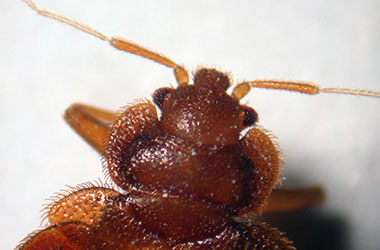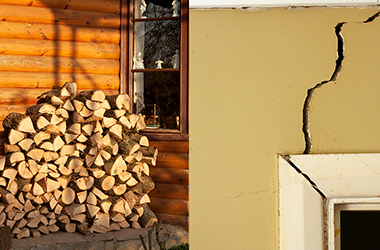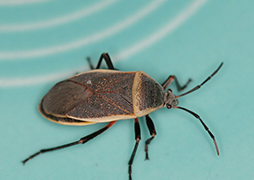How to Identify Red Bug Infestations
Chiggers, the larval stage of the red harvest mite, are usually encountered in late spring and summer in woodlands, pastures, roadside ditches or other areas with tall grasses and weeds. They are also found along lakes and streams, and even in drier places where vegetation is low, such as lawns, golf courses, and parks. They live near the top of grass stems, leaves, and shrubbery and other vegetation. You can find chiggers in damp, low-lying and often-shaded areas, such as meadows, near lakes or rivers, and heavily wooded areas. They are most active during the day, especially when it is dry and sunny.
How Red Bugs Affect Humans
Young chiggers attach themselves to the skin of people, domestic animals, wild animals, reptiles, poultry and birds. Once on the host, chiggers migrate to parts of the body where clothing fits tightly over the skin such as around the beltline, waistline, and under socks, or where the flesh is thin, tender or wrinkled such as the ankles, in the armpits, back of the knees, in front of the elbow, or in the groin. Chigger larvae do not burrow into the skin, nor suck blood. They pierce the skin and inject a salivary secretion containing digestive enzymes that break down skin cells that are sucked up. Any welts, swelling, itching, or fever will usually develop three to six hours after exposure and may continue for several weeks. Scratching a bite may break the skin, resulting in secondary infections.
- How to Get Rid of Them
- Infestation
- Bites and Treatment


